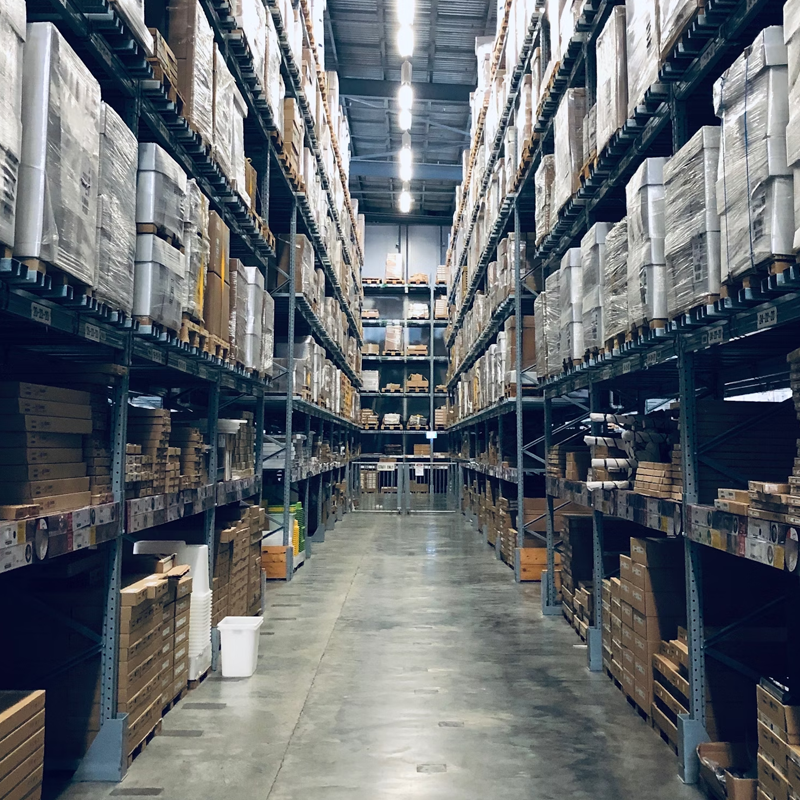RFID (Radio Frequency Identification), commonly known as "electronic tag", is a non-contact automatic identification technology. It automatically recognizes target objects and obtains related data through radio frequency signals. The identification work requires no manual intervention and is a wireless version of the bar code. RFID technology has the advantages of waterproof, anti-magnetic, high-temperature resistance, long service life, far read distance, data encryption on the label, larger storage data capacity, and easy change of stored information. RFID revolutionizes warehouse management:
Share
Hand-held readers can read and write at distances of up to 2-5 meters. Read-write readers can read and write distances of up to 12 meters. If you use active electronic tags, the effective identification distance can reach 30 meters. It effectively solves the problem that the bar code store must manually scan the bar code in the past, achieve automatic access to the warehouse, and greatly improve the storage labor costs and the use of forklifts.
Once the tag enters the magnetic field, the reader can instantly read the information, using RFID anti-collision technology and fixed reader, you can instantly read dozens of hundreds of Tags greatly improve scanning efficiency and reduce labor costs.
When scanning traditional bar codes, the labels cannot be blocked. RFID can penetrate through non-metallic and non-transparent materials such as paper, wood, and plastics, and communicates transparently without the need for light sources. It can provide a better scanning experience for quick sorting, finding and inventory.
The capacity of the dimensional bar code is 50 Bytes, the maximum capacity of the 2D barcode can store 2 to 3,000 characters, and the maximum capacity of the RFID is several MBytes. With the development of memory carriers, the data capacity has also continued to expand. The amount of data required to carry future items will increase, and the demand for the capacity of labels to expand will increase accordingly.
RFID's radio communication method can make it applicable to high pollution and radioactive environment such as dust, oil, etc. It has more than 10 years (100,000 reading and writing) life; carrier label of traditional barcode Paper is susceptible to contamination, but RFID is highly resistant to substances such as water, oil, and chemicals. In addition, since the bar code is attached to a plastic bag or an outer carton, it is particularly vulnerable to breakage. The RFID tag is designed to store data in the chip, so it can be protected from contamination, and the anti-pollution ability and durability of RFID are strong.
The RFID tag content can be changed. The direct benefit is that RFID tags can be reused. This eliminates the need for traditional bar code labels to be used only once, which can effectively reduce the cost of corporate supplies. Enterprises that use bar code storage systems must purchase a large amount each year.
RFID tags can not only be embedded or attached to different shapes and types of products, but also can set passwords for the reading and writing of tag data, so as to have higher security. The data content can be protected by passwords, making it difficult for the content to be forged and altered, making it more secure.
RFID does not need to match the fixed size and print quality of the paper for reading accuracy, and is more suitable for miniaturization and various forms of development to facilitate embedding or attachment to different shapes and types of products.

|
Traditional barcode Tags |
RFID Tags |
|
Reading and writing distance is near, generally within 0.5m |
Reading and writing distance is far, UHF tag up to 12m |
|
Only one tag can be read at a time |
Hundreds of tags can be read at the same time |
|
Can`t penetrate media |
Accessible reading, can penetrate paper, wood, etc. |
|
Small data storage capacity |
Large data storage capacity |
|
Easily damaged and easily contaminated |
Long service life, adapt to harsh environment |
|
Not reusable |
Reusable |
|
Usually paper labels |
Small size and various shapes. Available in plastic, ceramic, etc. packages |